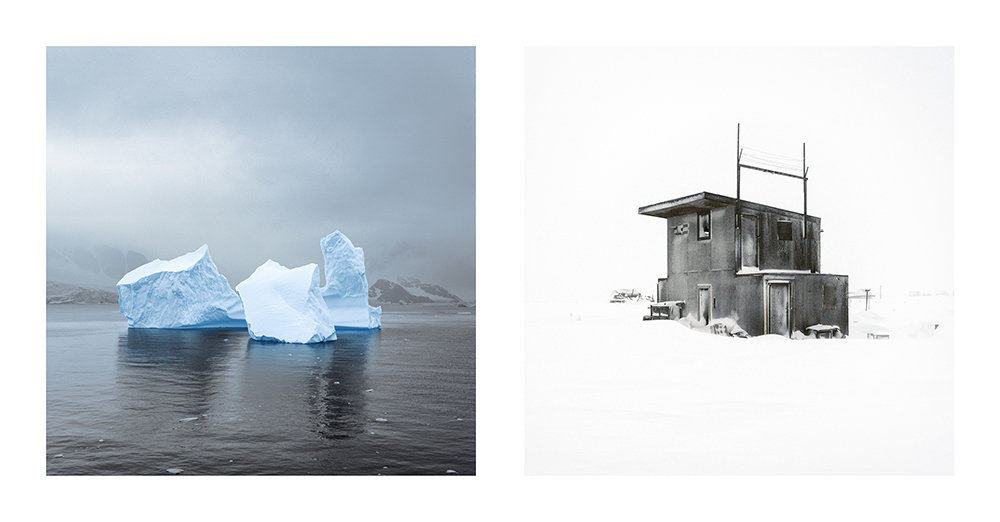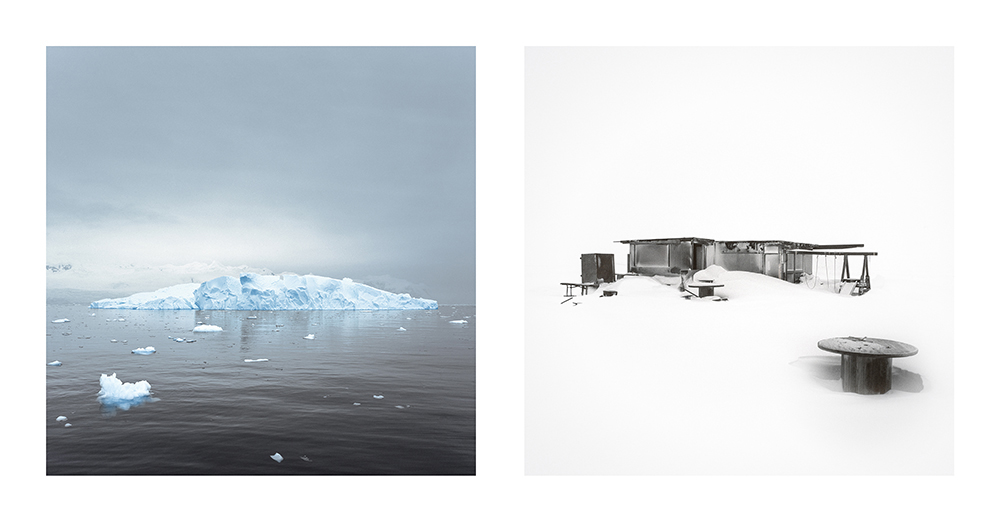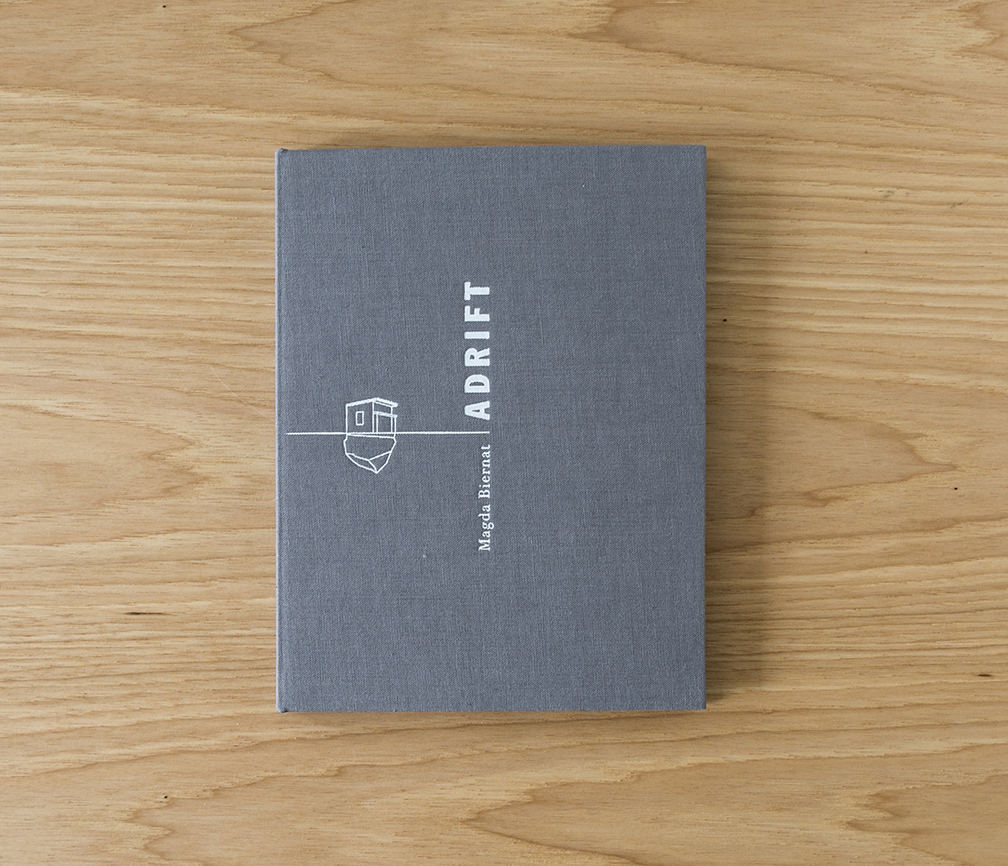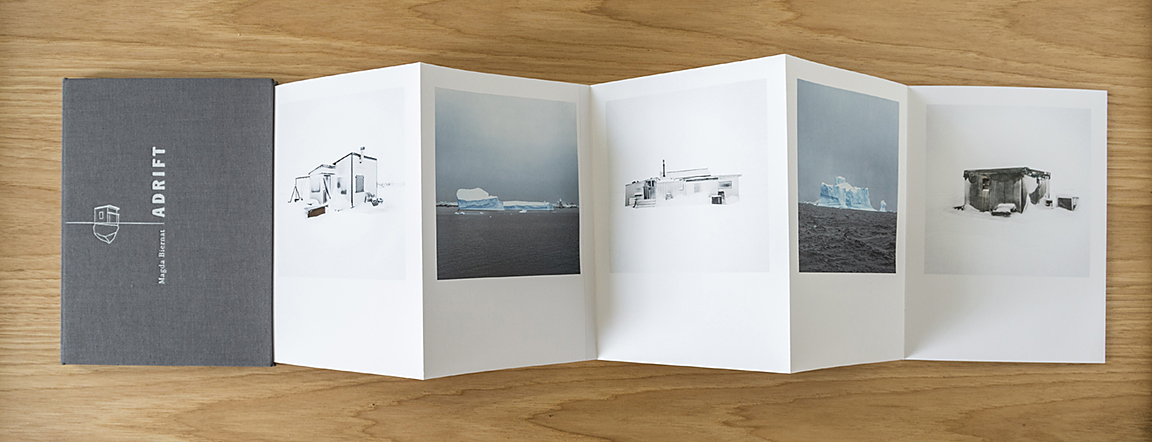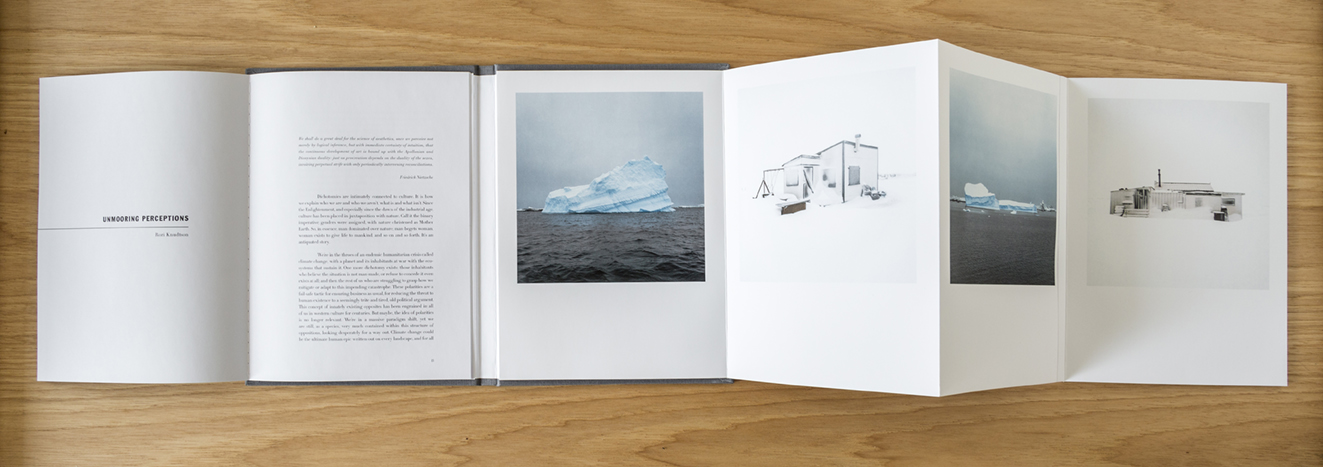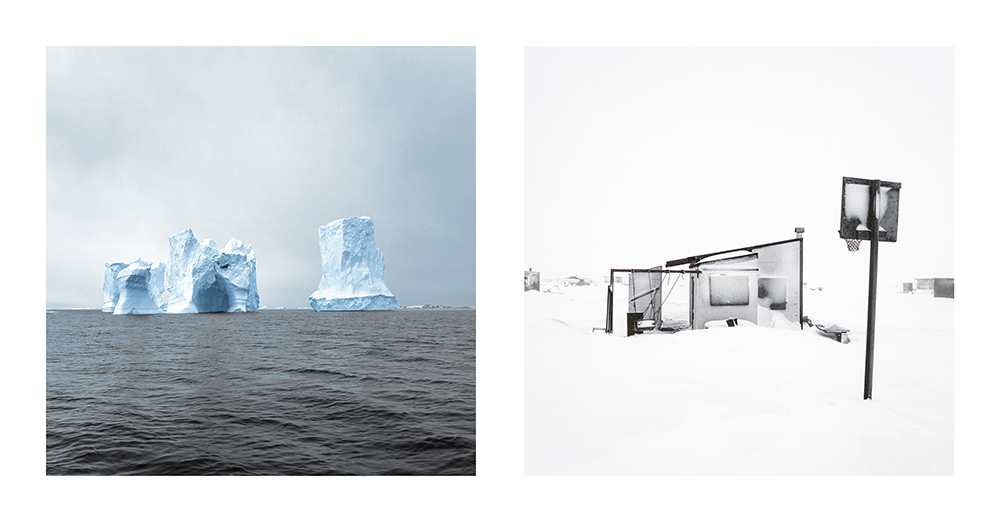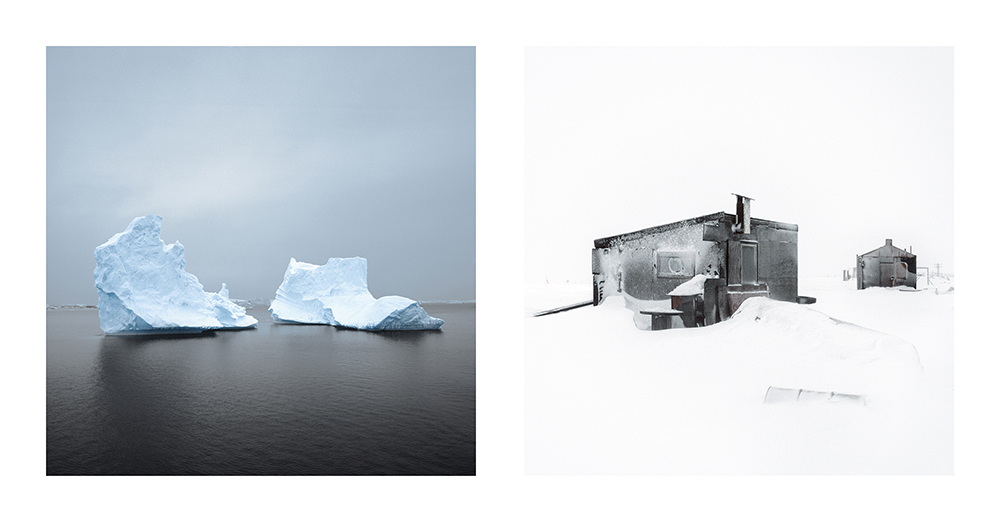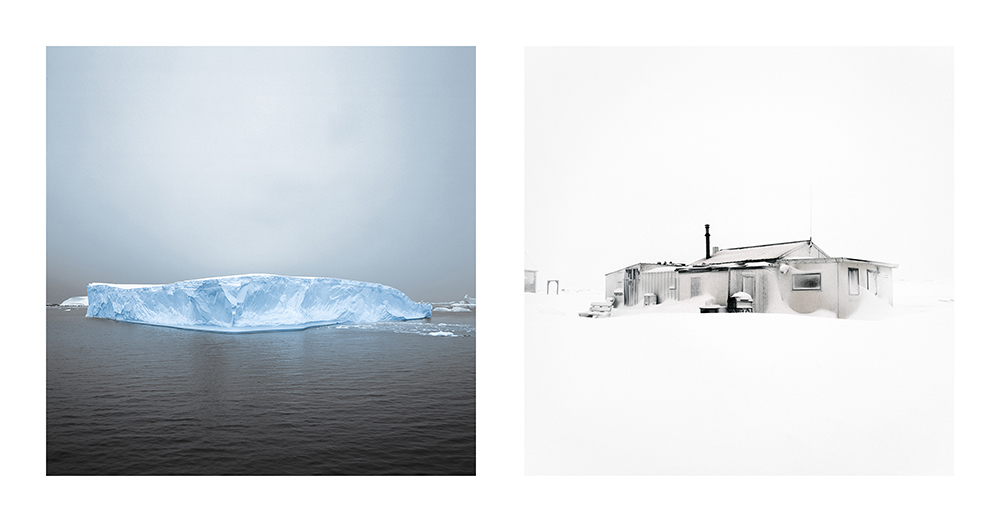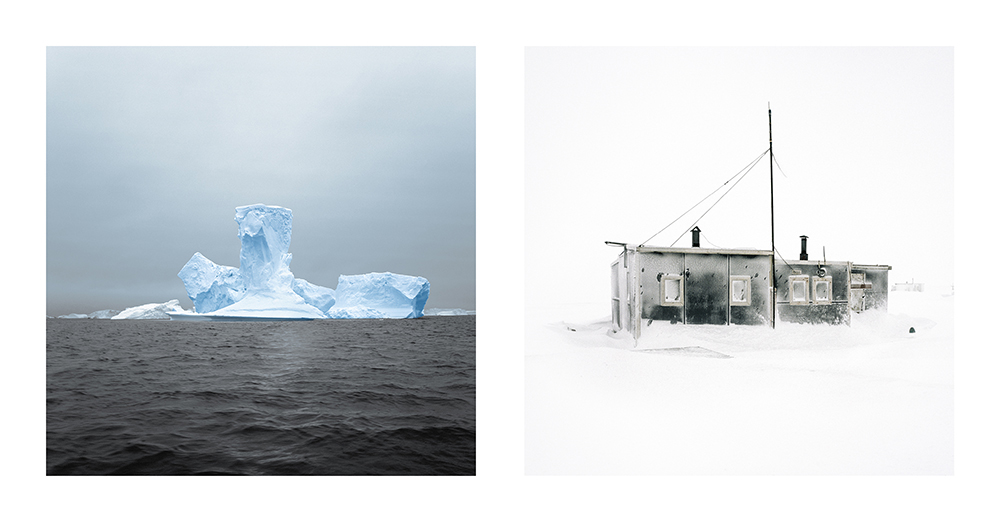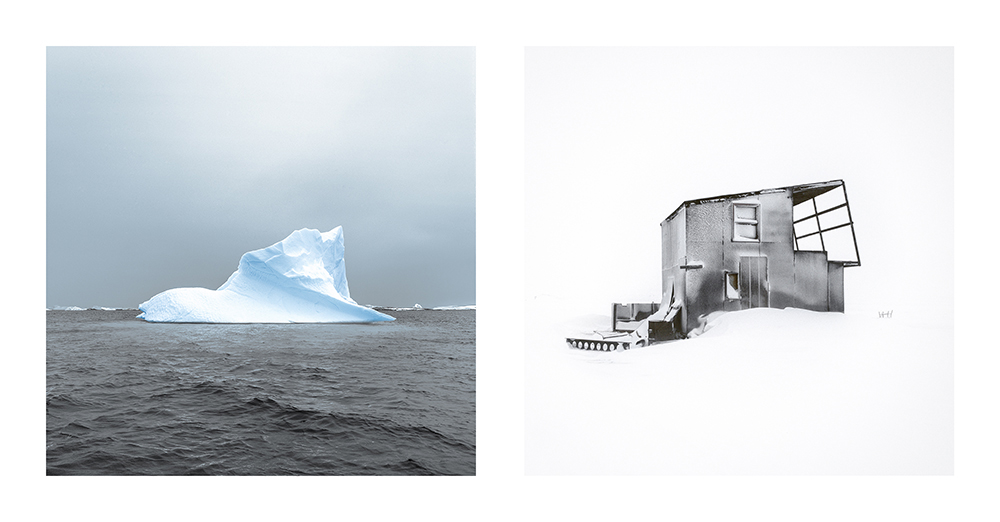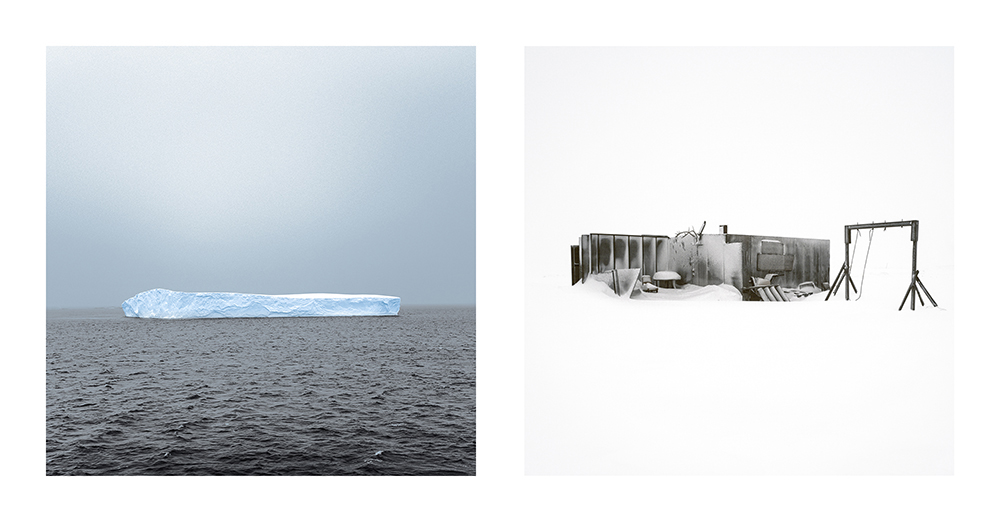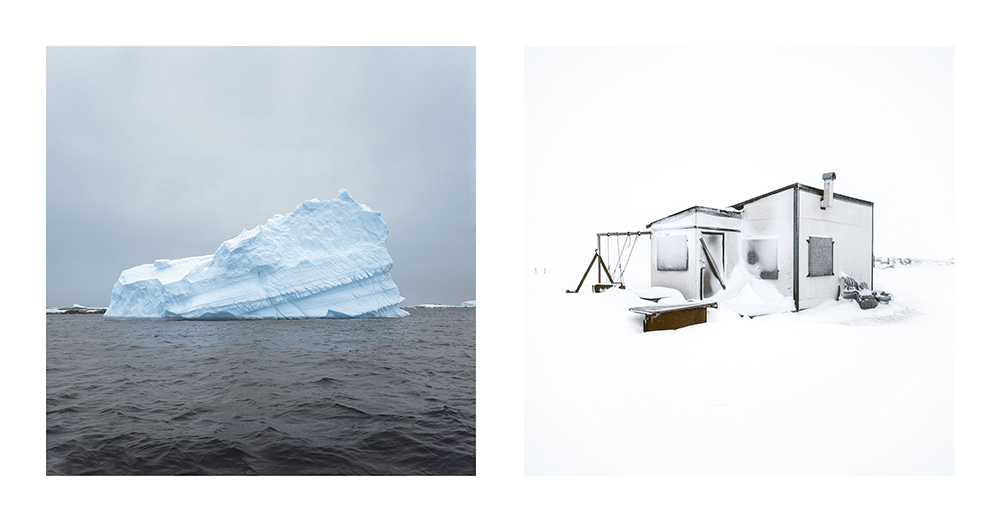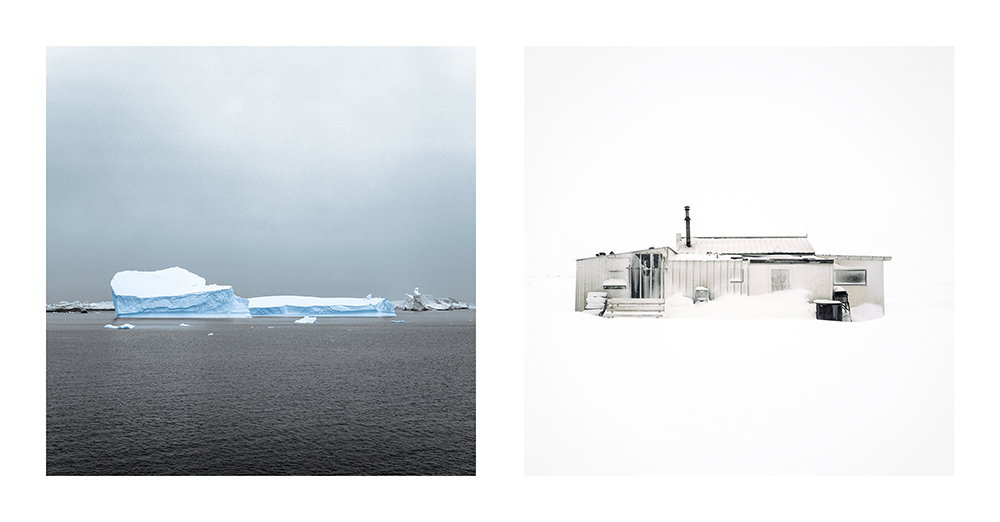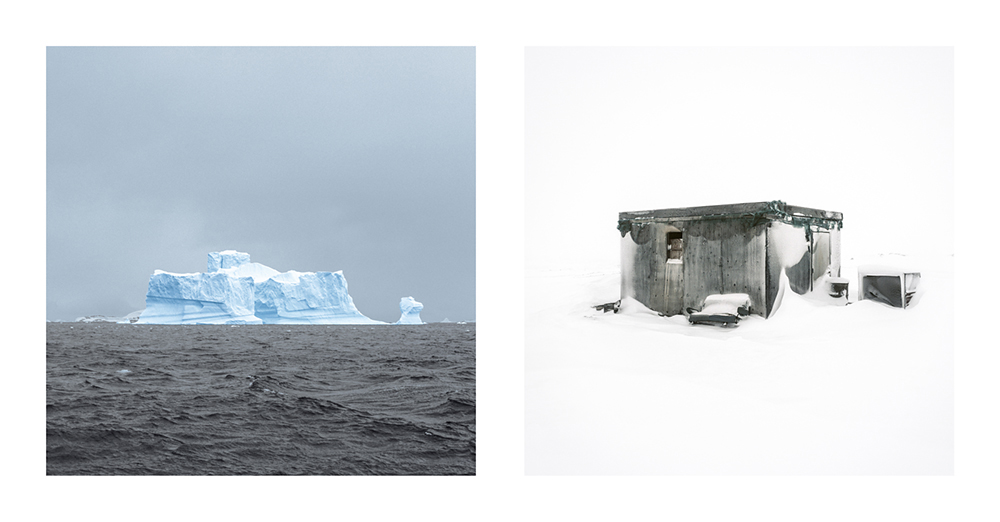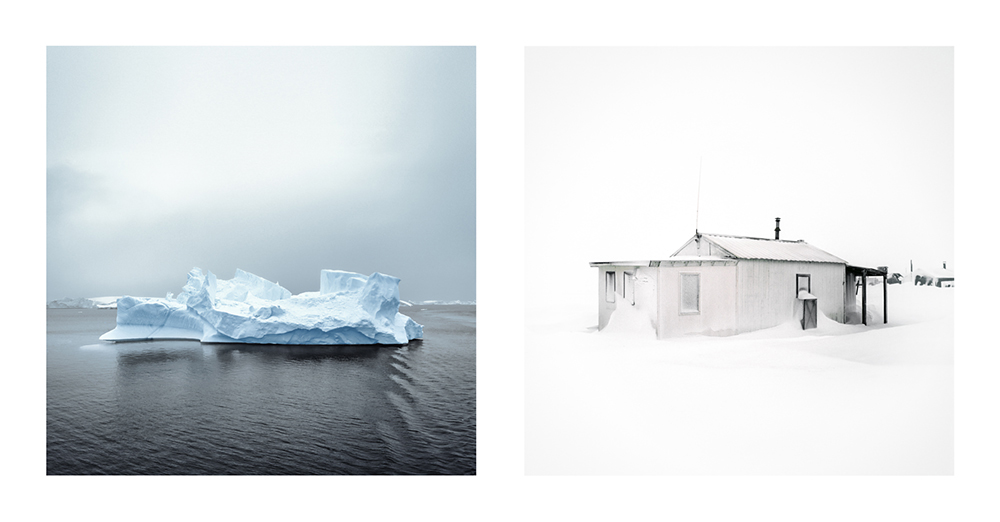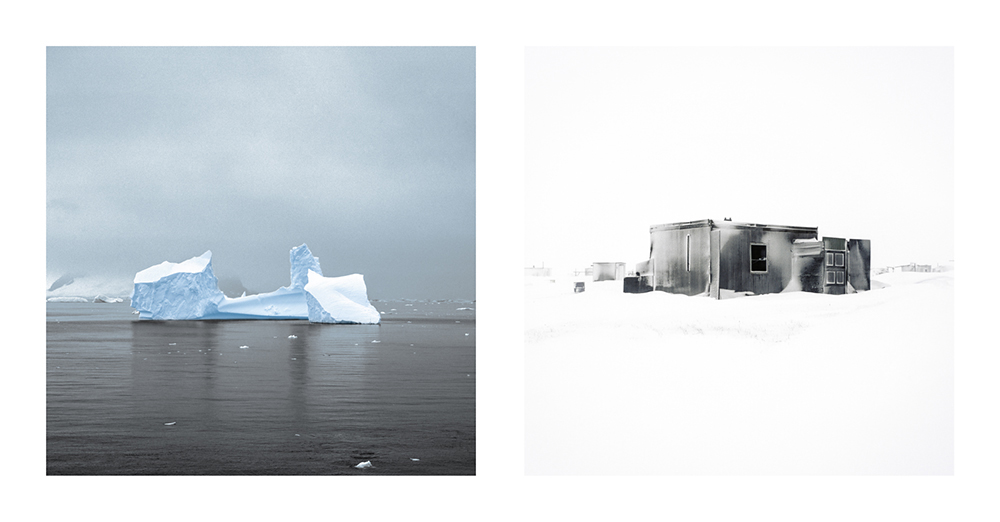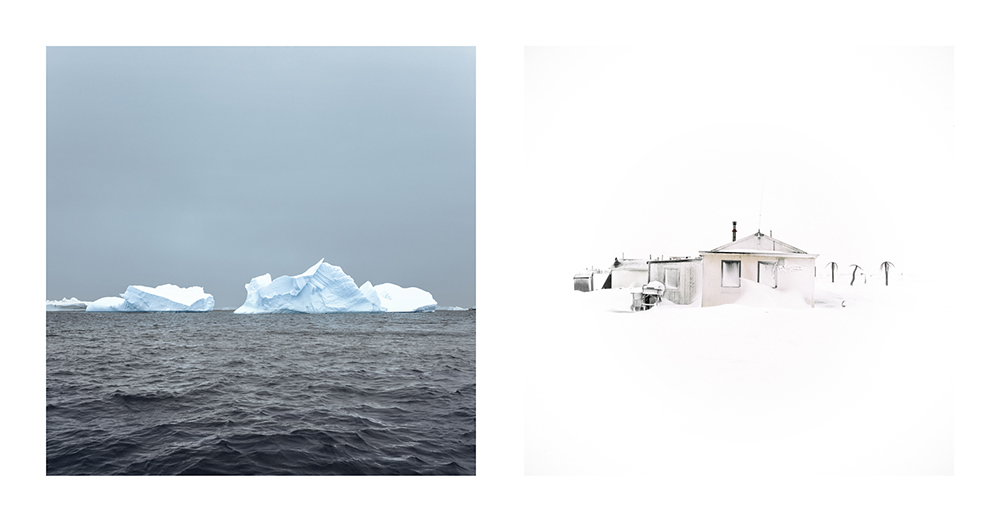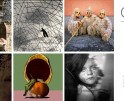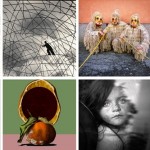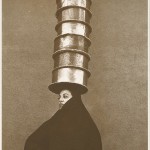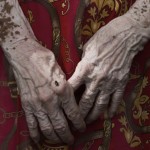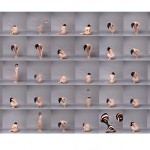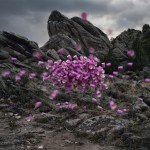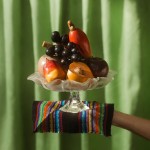CENTER AWARDS: Directors Choice: Magda Biernat
This week and next, Lenscratch will be sharing the CENTER Awards winners and the statements by the jurors to help understand their choices.
Congratulations to Magda Biernat for her First Place Win in the Director’s Choice Awards. Her beautiful artist’s book, Adrift, showcases the juxtaposition of icebergs and Eskimo hunting structures in a unique and thoughtful way.
Magda Biernat is a contemporary art photographer specializing in architecture and interiors and is the former photo editor of Metropolis Magazine. She received her MFA in New Media from Transart Institute in Berlin and New York. Her photographs have been published in, among others, the New Yorker, the New York Times, Interior Design, Wallpaper, Metropolis, Dwell and Afar. Her work has been exhibited nationally and internationally with exhibitions in Poland, Belgium, France, Canada, The Philippines, Taiwan and the United States. She is a recipient of awards such as the LensCulture 2015 Emerging Talents Award, TMC/Kodak Grant, Lucie Foundation Awards and Magenta Foundation Flash Forward. Her work is represented by Robert Klein Gallery in Boston and Clic Gallery in New York City.
DIRECTOR’S CHOICE: Juror’s Statement
Louise Clements, Artistic Director, QUAD & FORMAT International Photography Festival
Being part of the Center Awards Jury this year has been a real pleasure; the submissions were of a consistently high standard throughout and offered a great reflection on the current diversity of international photographic practice. The works shared countless points of view and unique visions; they varied hugely in terms of approach from street photography and portraiture to long form documentary, collage, archive, tintype, landscape and more. The hundreds of projects presented some brilliant, engaging and innovative photography from around the world, with so many valuable ideas, thoughts and expressions it was a serious challenge to select single winners from such a diverse pool. For me the most arresting images are the ones that make us think harder, look longer, read more deeply and those that provoke wonder. I’m interested in photography that dares to be different and that tells unfamiliar stories, aesthetically as individual images or in series, as well as pictures that disrupt expectation or surprise us, these are the kind of images that open your mind to new possibilities. There were many projects of this kind that stood out amongst the hundreds of entries, alongside these of cause there were many talents who are also moving in the right direction and should not be discouraged.
Inevitably for the awards I have made a very personal selection of works all of which resonated with me and demonstrated strength of originality together with a high level of visual communication and production. Magda Biernat’s award winning series Adrift is concerned with the changes in the Polar ice, focused on the Arctic and Antarctic. In both of these environments the culture, land, architecture and geography is changing rapidly. By combining stunning images that study icebergs and Eskimo hunting structures she draws our attention to the effects of climate change and its impact on cultural identity.
Adrift is a project that uses a visual language as a means of polar comparison. By pairing photographs of Antarctic icebergs and empty Iñupiat Eskimo hunting cabins, it offers a restrained commentary on the parallel effects of global climate change at opposite ends of the Earth. In 2013 I traveled from the Antarctic to the Arctic Circle, through seventeen countries in the Americas. I documented dwellings, how human habitation responds to and reflects harsh landscapes, and the means with which societies adapt to changing climates, both cultural and physical. During the journey I was drawn to subjects which were both a departure from my work yet still felt like a familiar target: organic and inorganic structures succumbing to the effects of a warming planet.
As an architectural photographer, I’ve focused my personal work primarily on the built environment and the relationship between natural and man-made landscapes, on their coexistence, contrast and overlap. My photography often explores the notions of home, habitation, displacement, the bridging of distance and lives that straddle borders. Although most of my photographs are devoid of people, I like to think that they express a great deal about the imprint humans leave on their environment.
Average temperatures in the Arctic and Antarctic regions are rising twice as fast as they are elsewhere in the world. The rising temperatures are causing more icebergs to break off from glacial floes; polar ice is getting thinner, melting and rupturing. As they drift, the city-block-sized icebergs will disappear at a faster rate than ever before. Near the opposite pole in the Arctic, the melting of once-permanent ice is already affecting native flora, fauna and the frozen ground on which they live. Global warming is threatening the cultural identity of native people. Along a 35 km stretch of coastline in northernmost Alaska, on the ancient hunting grounds of Piqniq, the Iñupiat Eskimos have hunted for centuries, but as once massive herds of caribou dwindle and bowhead whales, walrus and seals change their feeding and migration patterns, subsistence hunting has become more difficult. Hunters move to larger towns, leaving cabins which once provided shelter adrift on the thinning ice and shifting tundra. The hunting cabins of the Inupiat are mirrors of the lone ice mountains in the south, singular polar structures under pressure by a changing ecosystem. Silent and static witnesses to change.
Posts on Lenscratch may not be reproduced without the permission of the Lenscratch staff and the photographer.
Recommended
-
Arnold Newman Prize: C. Rose Smith: Scenes of Self: Redressing PatriarchyNovember 24th, 2025
-
Celebrating 20 Years of Critical Mass: Cathy Cone (2023) and Takeisha Jefferson (2024)October 1st, 2025
-
Celebrating 20 Years of Critical Mass: George Nobechi (2021) and Ingrid Weyland (2022)September 30th, 2025
-
Celebrating 20 Years of Critical Mass: Amy Friend (2019) and Andrew Feiler (2020)September 29th, 2025
-
Celebrating 20 Years of Critical Mass: Jennifer McClure (2017) and JP Terlizzi (2018)September 28th, 2025

